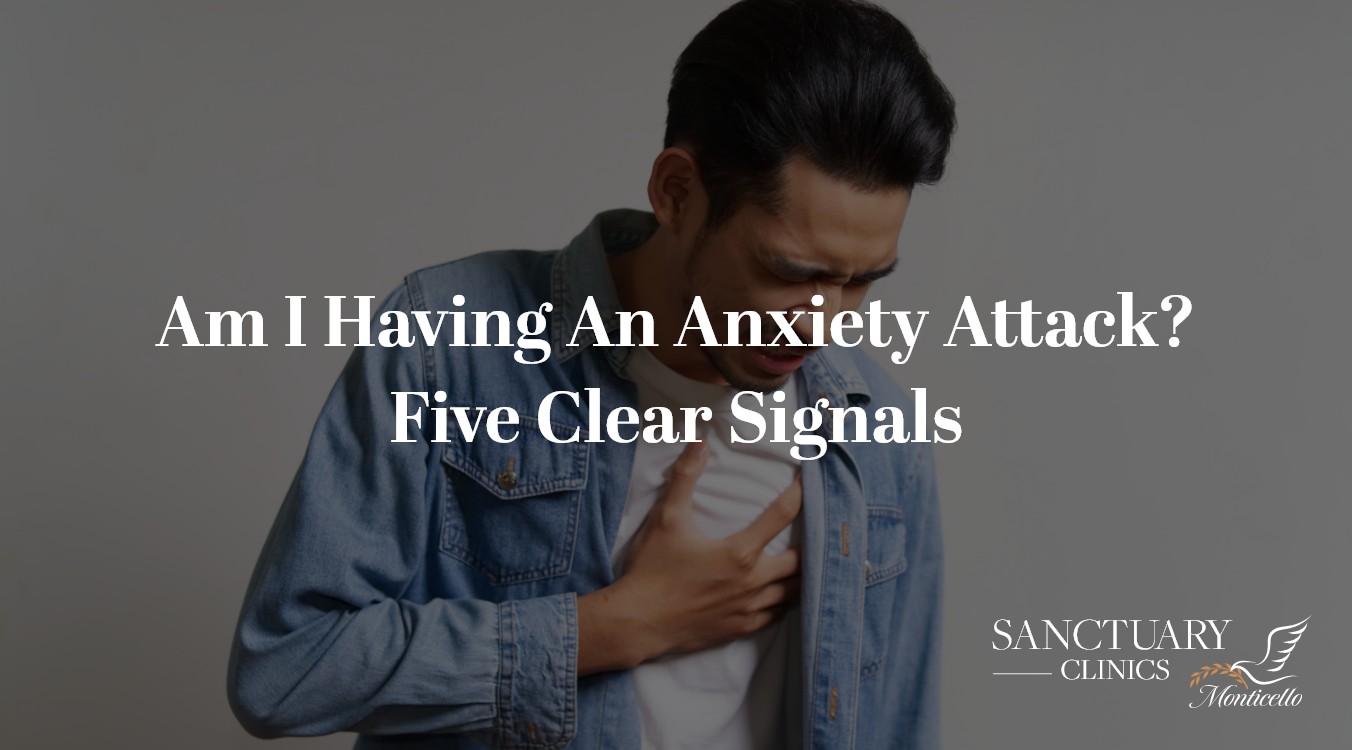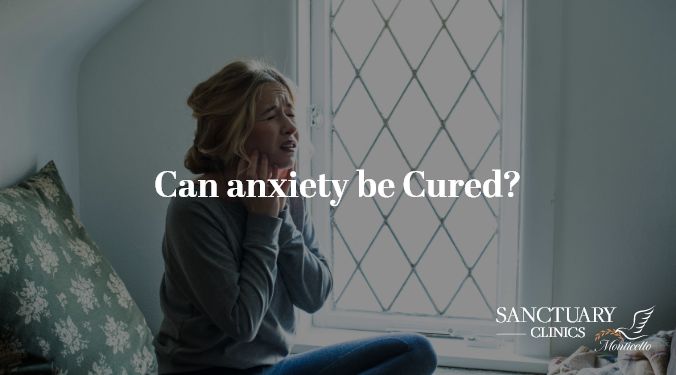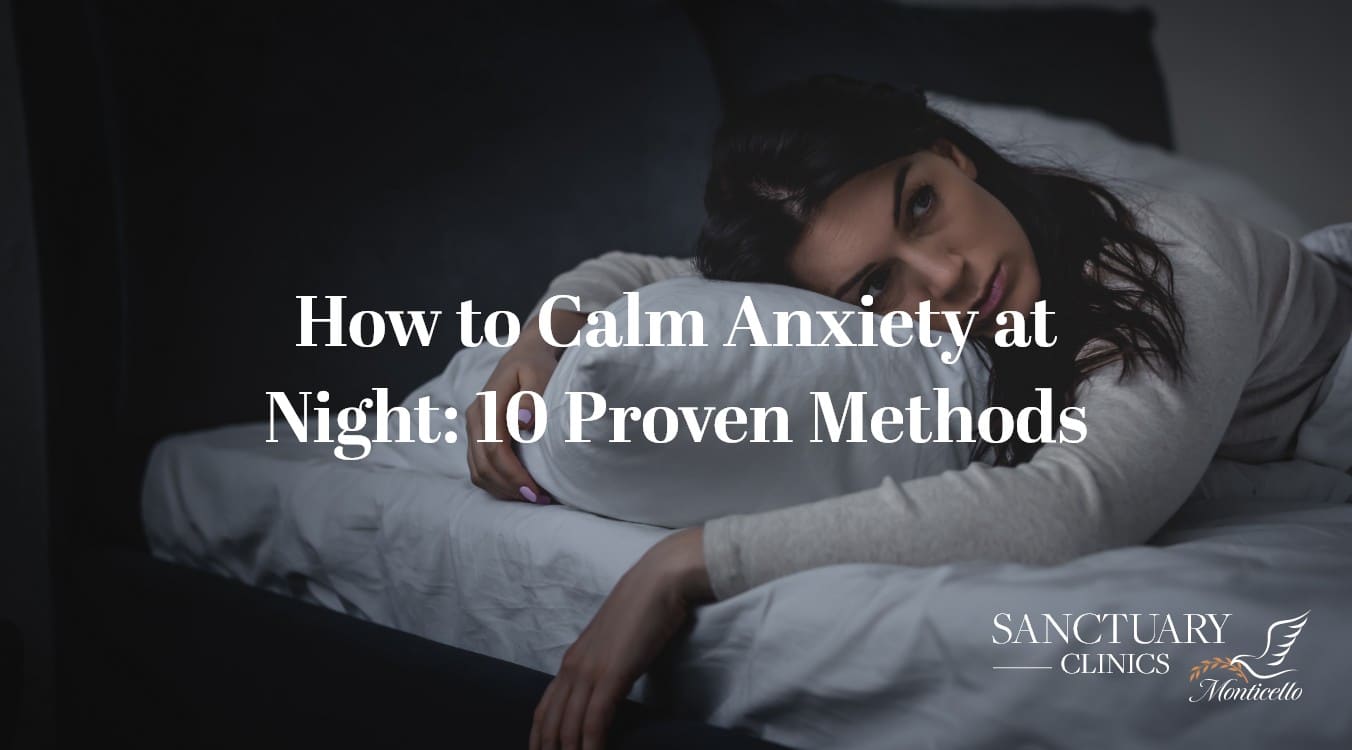Anxiety is a normal reaction to fear. It causes a fight or flight response when we feel threatened, under pressure, or even when we are going for an interview. In moderation, anxiety isn’t a bad thing. It can help us stay alert and motivate us to solve problems. However, when anxiety is constantly overwhelming and interfering with your daily life, then it becomes a problem – possibly an anxiety disorder.
You could be experiencing an anxiety attack when you have an intense, excessive, or persistent worry about something, or you have fear about everyday situations. You may experience excessive symptoms like feeling helpless, gastrointestinal issues, rapid heartbeat, dizziness, diarrhea, insomnia, etc.
According to the World Health Organization (WHO), one in 13 people globally suffers from anxiety. Anxiety disorders are the most common disorders worldwide. The most common types of anxiety disorders are specific phobias, major depressive disorders, and social phobias.
Five clear signals of anxiety attacks
- You are constantly tense or worried. This is not only psychological, but you also may tend to feel tense physically. Along with this can be symptoms of nausea, hot flashes and stomach upset which may also lead to diarrhea.
- You have irrational fears or thoughts that won’t go away. This is accompanied by constant intrusive thoughts.
- You experience sudden heart-pounding panic. This could be sudden or caused by a specific event or situation you are facing.
- You feel like danger is at every corner. You become paranoid of your surroundings and don’t feel safe. You may also feel like you are losing control or are going crazy.
- You feel detached or unreal. The experience feels weird or imaginary.
More symptoms of anxiety include:
Psychological symptoms
- Difficulty concentrating
- Irritability
- Sadness
- Feeling pressured and worried
Physical symptoms
- Dry mouth
- Headache
- Sweating
- Tense head or neck
- Tightness in the throat and difficulty breathing
- Trembling
- Feeling faint
- Insomnia
Not every case of anxiety has these symptoms, but once you are examined, a medical professional will be able to identify the prominent symptoms you have.
Examples of anxiety attacks
Example 1
Your social media is full of political talk and the risks of layoffs due to the struggling economy. There seems to be a lot of uncertainty about the future. Meanwhile, you have a project deadline due tomorrow.
You feel overwhelmed and stressed. You feel tired and worried. You are unsure of what the future holds, and whether you’ll be able to complete. You are concerned about how you’ll also help your child cope with it all.
Example 2
It’s the middle of the night, and you can’t go to sleep. Your thoughts are racing. “What if..?” Your mind can’t seem to stay away from the catastrophic worries that keep circling. Your heart is pounding. You are exhausted. You look at the clock and it’s 3:30 am.
Example 3
You have a presentation you are preparing for which is due the next day. You start feeling nervous and hear your stomach grumbling. This presentation is part of your final exam. On top of being nervous, you are concerned about how you’ll perform, because public speaking isn’t your forte.
It’s presentation day. You are about to head to the podium, but your hands are sweaty, your thoughts are racing, your lips are dry, and you want to run out of the class.
According to Mayo Foundation for Medical Education and Research and Help Guide, there are different types of anxiety disorders which each have their own symptoms. They can be triggered by different situations. These disorders include:
- Obsessive-Compulsive Disorder (OCD)
This condition is identified by unwanted repeated thoughts (obsessions) and behaviors (compulsions). - Panic Disorder
This involves repeated episodes of intense anxiety or fear, which reaches a peak within minutes. You may have impending feelings of doom, chest pain, a fluttering heart, and shortness of breath. This attack may lead to a fear of experiencing it again. - Generalized Anxiety Disorder (GAD)
This is a constant state of worry about activities or events in your daily life. This worry is difficult to control and affects how you feel physically. - Phobic Disorder
This features an irrational fear of an object or situation. For example, a fear of spiders (arachnophobia) or of open spaces (agoraphobia). - Separation Anxiety Disorder
This childhood disorder is characterized by excessive anxiety about the child’s developmental level and separation from parents (or those who play parental roles). - Social Anxiety Disorder
This involves such high levels of anxiety and fear, that you avoid social situations due to feelings of embarrassment, self-consciousness, and concern about being judged or viewed negatively. - Selective Mutism
This is a child consistently being unable to speak in certain situations, whether it’s home or school. This interferes with school work and social functioning. - Hoarding Disorder
This is a chronic difficulty with discarding possessions, accompanied by a dysfunctional attachment to even worthless items. You may have a strong emotional attachment to an inanimate object. This leads to a cluttered home, and also shame and guilt if one gets rid of the object of their attachment. - Post-Traumatic Stress Disorder
This is an extreme anxiety disorder which can occur after a traumatic, life-threatening event. You may get flashbacks or nightmares about an incident, withdraw from others, be hyper-vigilant, and avoid situations which remind you of the event. - Substance-Induced Anxiety Disorder
This disorder is characterized by symptoms of intense anxiety or panic, which are a direct result of misusing drugs, using some medications, being exposed to a toxic substance, or withdrawal from drugs. - Other specified and unspecified anxiety disorders
These are terms for anxiety or phobias which don’t meet the exact criteria for any other anxiety disorder, but are serious enough to be significant and worrying.
What are the causes of anxiety?
According to Medical News Today and Mayo Foundation for Medical Education and Research, the causes of anxiety aren’t fully known, but often stem from stress, feeling overwhelmed, traumatic events, and possibly medical issues. These include:
- Work or financial pressure
- Divorce, separation, or bereavement
- Reduced mobility or physical function.
- A chronic health condition
- Changing life situations, such as a job or moving to a new country.
- Concerns about parenthood or being a caregiver
Medical problems linked to anxiety include:
- Drug misuse or withdrawal
- Thyroid problems such as hyperthyroidism
- Respiratory disorders, such as chronic obstructive pulmonary disease (COPD) and asthma
- Withdrawal of alcohol, anti-anxiety medication (benzodiazepines), or other medications.
- Chronic pain or irritable bowel syndrome
- OCD and PTSD
- Excessive caffeine use
- Diabetes
- Heart disease
- Rare tumors which produce certain fight or flight hormones
Triggers of anxiety include:
- Public Speaking
- A fear of having a panic attack
- Exposure to a phobia trigger
Is an anxiety attack similar to a panic attack?
According to Verywellmind, the terms “anxiety attack” and “panic attack” have been used interchangeably. This is understandable given they have related symptoms. In practice, however, panic and anxiety have different features, and medical professionals use these terms for specific symptoms and disorders.
Panic attacks are a sudden surge of intense fear or discomfort accompanied by other physical and mental symptoms. Anxiety attacks are part of the emotional and protective responses hardwired into the human body. It is when anxiety becomes excessive and interferes with daily life that it becomes a concern.
Anxiety symptoms usually include disturbed sleep, muscle tension, and irritability, while panic attack symptoms include chest pain, shaking/trembling, and feeling disconnected from yourself (depersonalization). Shared symptoms could include shortness of breath and increased heart rate.
When should I seek medical help?
- You think your anxiety could be linked to a physical medical problem.
- You have constant suicidal thoughts or behavior. Please seek help immediately.
- You have other mental health problems along with anxiety
- You feel your fear and worry are upsetting you and restricting you from your relationships and work routine.
If your physician rules out a medical cause, the next step is to consult a therapist who has experience treating anxiety disorders.
What treatment options are available?
- Cognitive Behavioral Therapy (CBT) – This helps you identify and challenge the negative thinking patterns and irrational beliefs which fuel your anxiety.
- Exposure Therapy – This encourages you to confront your fears in a safe and controlled environment. Through gradual exposure to the feared object or situation, either in your imagination or in reality, you gain a greater sense of control. As you face your fear without being harmed, your anxiety will diminish.
- Support groups for people with specific conditions
- Medication – This could be antidepressants which would be prescribed according to the type of anxiety you have. Medication can also be coupled with therapy according to the specific disorder.
- Self-help techniques such as avoiding taking in too much caffeine, exercising regularly, and connecting with others.
Conclusion
Anxiety attacks are something that truly interferes with our lives. If you are currently facing these attacks, be encouraged because it doesn’t have to be the same for you. You can seek medical attention and learn ways to deal with your anxiety, whether it is through medication, therapy, or both options.
References
Anxiety Disorders and Anxiety Attacks – HelpGuide.org. (n.d.). https://www.helpguide.org
Retrieved May 11, 2022, from https://www.helpguide.org/articles/anxiety/anxiety-disorders-and-anxiety-attacks.htm#:~:text=Anxiety%20attack%20symptoms%20include%3A
Anxiety attack: Symptoms, causes, and complications. (2020, December 22). www.medicalnewstoday.com
https://www.medicalnewstoday.com/articles/307863#symptoms
Mayo Clinic. (2018). Anxiety disorders – symptoms and causes. Mayo Clinic; Mayo Foundation for Medical Education and Research. https://www.mayoclinic.org/diseases-conditions/anxiety/symptoms-causes/syc-20350961
Ankrom, S. (2008, July 4). Anxiety Attacks vs. Panic Attacks. Verywell Mind; Verywellmind. https://www.verywellmind.com/anxiety-attacks-versus-panic-attacks-2584396
Panic and Anxiety: Do You Know the Difference? | McLean Hospital. (n.d.). www.mcleanhospital.org
Retrieved May 11, 2022, from https://www.mcleanhospital.org/essential/panic-anxiety-difference
Anxiety and Depression Association of America. (2021, April 21). Facts & statistics. ADAA. https://adaa.org/understanding-anxiety/facts-statistics








